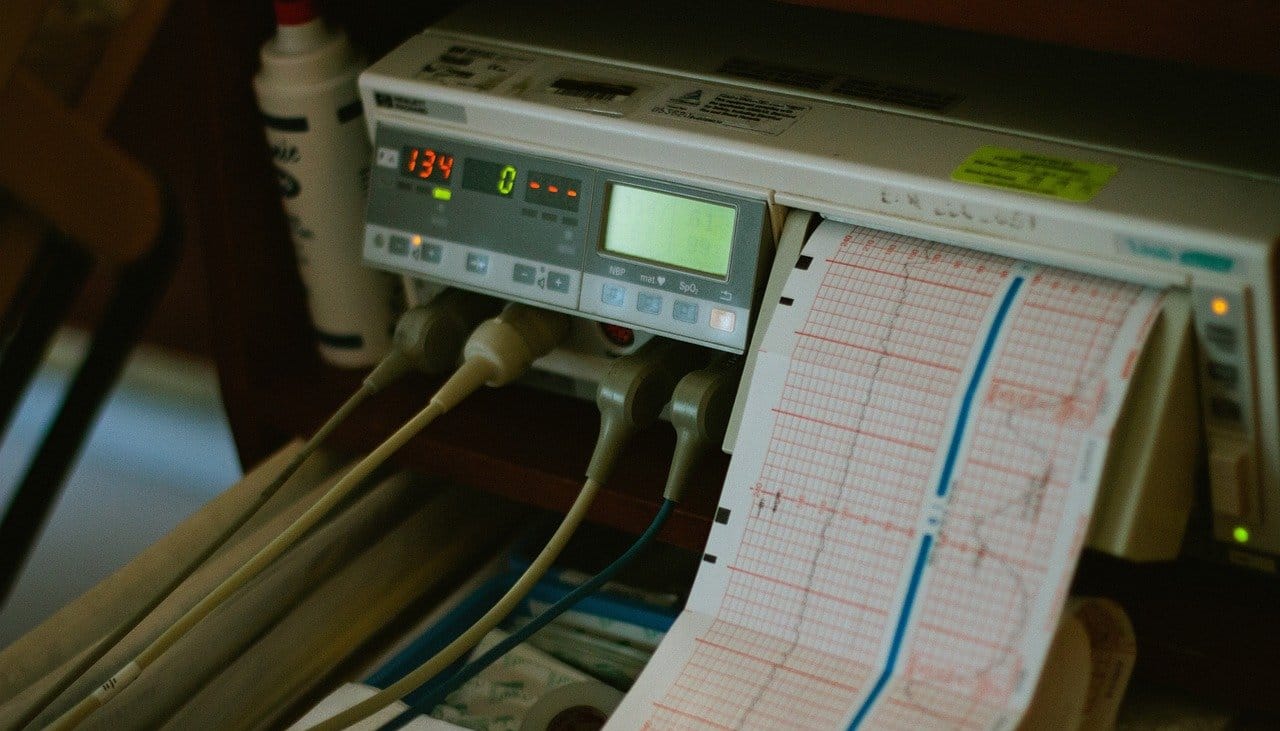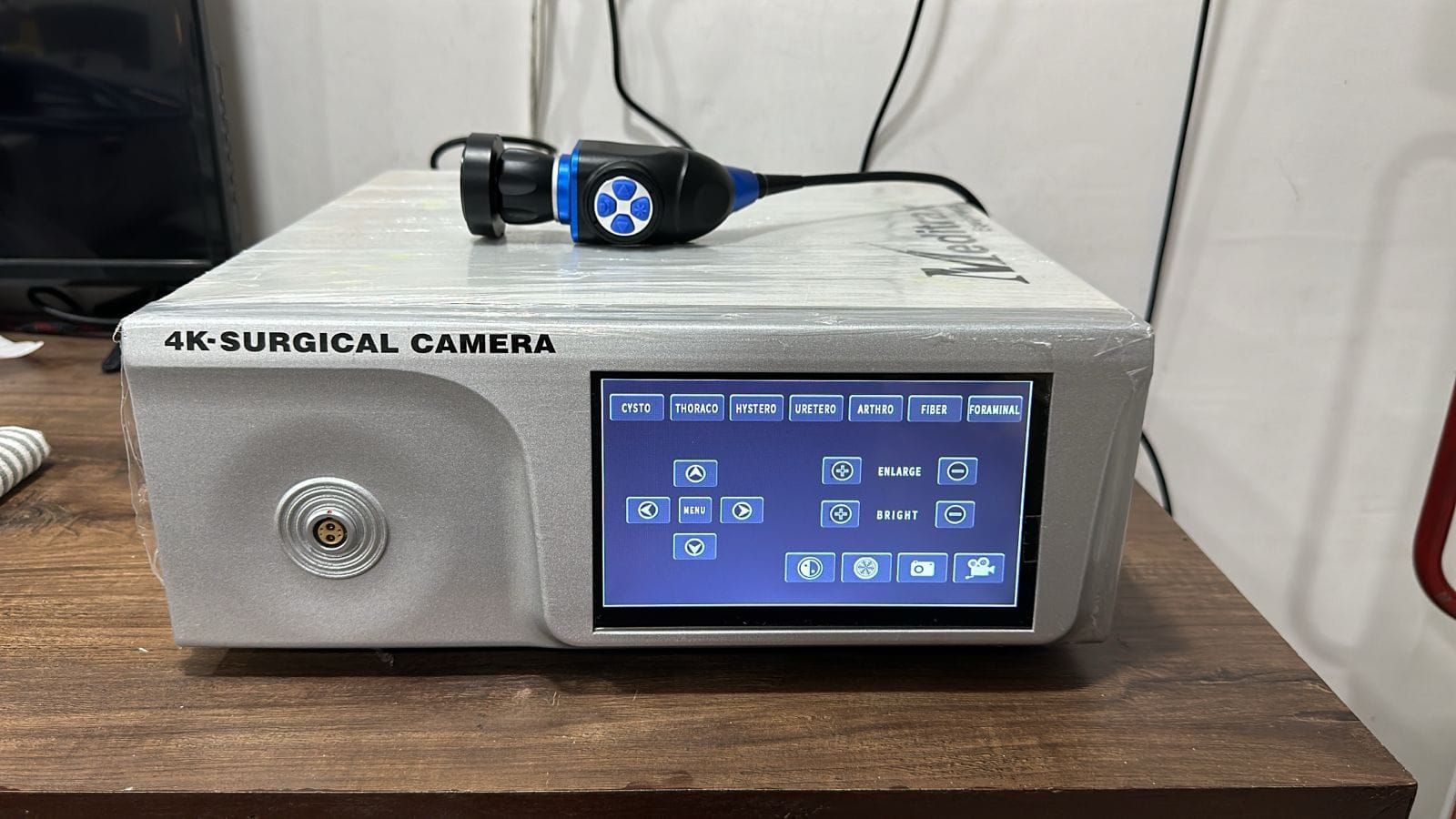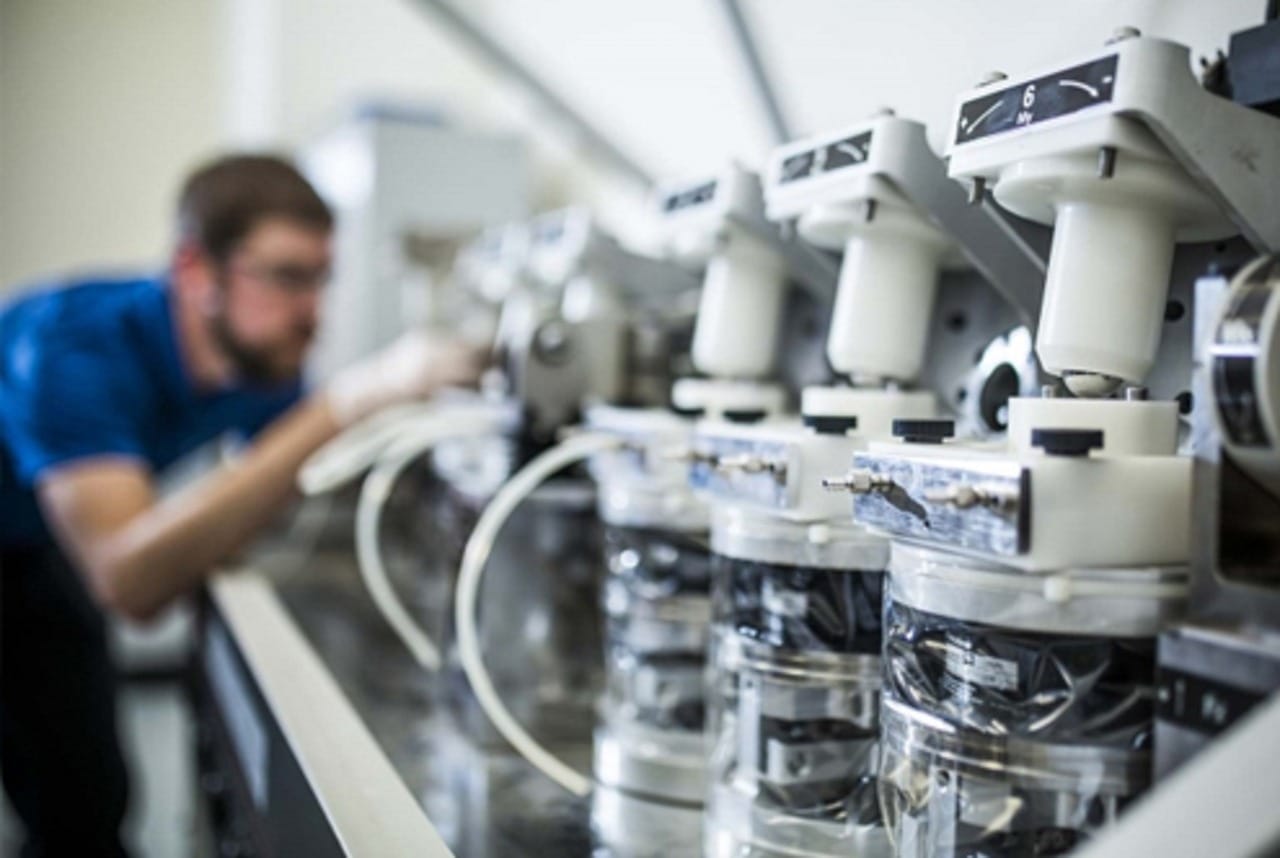Endoscopy has revolutionized the medical field, allowing doctors to examine internal structures of the body without invasive surgery. At the heart of this revolution lies the endoscopy camera—a tool that has undergone significant transformation since its inception. From rudimentary imaging systems to today’s high-definition marvels, endoscopy cameras have evolved to provide unparalleled precision, safety, and diagnostic capabilities. This blog explores the journey of endoscopy cameras and how technological advancements have shaped modern healthcare.
The Beginnings: The Birth of Endoscopy
The origins of endoscopy date back to the early 19th century when Philip Bozzini invented the “Lichtleiter” or light conductor in 1806. This primitive device used candlelight and mirrors to illuminate body cavities, marking the dawn of minimally invasive diagnostics. Though groundbreaking for its time, the images were rudimentary, and the technique was limited by poor illumination and a lack of image magnification.
In the early 20th century, technological improvements like the addition of electric light sources and basic lenses enhanced the effectiveness of endoscopic procedures. However, these early devices were still bulky, offered limited maneuverability, and provided black-and-white visuals that made detailed diagnoses difficult.
The Advent of Video Endoscopy
The 1960s marked a turning point in endoscopic technology with the invention of fiber optics. This innovation allowed light to be transmitted efficiently through thin, flexible cables, drastically improving image clarity and flexibility.
By the 1970s, the first video endoscopy systems were introduced. These systems integrated a camera with the endoscope, enabling live video transmission onto monitors. This breakthrough transformed how procedures were performed, as physicians no longer had to peer directly through the device. Instead, they could view a magnified image on a screen, which allowed for more accurate diagnoses and better collaboration among medical teams.
While video endoscopy marked a significant leap forward, the image resolution was still relatively low. Cameras relied on analog technology, and the quality was often hampered by grainy visuals and limited color representation.
From Analog to Digital: A New Era in Imaging
The transition from analog to digital imaging in the 1990s opened up new possibilities for endoscopy. Digital sensors, such as Charge-Coupled Devices (CCDs), replaced older analog components, offering sharper images with better color fidelity and reduced noise. Digital technology also facilitated the storage, retrieval, and sharing of video footage, making it easier for physicians to review cases and consult with peers.
Digital imaging allowed for the development of specialized endoscopy tools, such as capsule endoscopes—tiny cameras encased in a swallowable pill. These innovations expanded the scope of endoscopy, enabling noninvasive exploration of previously hard-to-access areas like the small intestine.
The High-Definition Revolution
The 2000s ushered in the era of high-definition (HD) endoscopy cameras, setting a new standard for image quality. HD endoscopy provided unparalleled resolution, enabling physicians to visualize minute details like tissue textures, vascular structures, and early signs of disease. The improved clarity significantly enhanced the accuracy of diagnostics and the precision of surgical interventions.
Alongside HD, manufacturers began integrating advanced features like autofocus, optical zoom, and white balance adjustments, ensuring that images were sharper and consistent across varying lighting conditions. Coupled with real-time video processing, these advancements minimized delays and allowed for seamless procedures.
The Leap to Ultra-HD and Beyond
In recent years, the medical community has witnessed the introduction of Ultra-HD (4K) and even 8K endoscopy cameras. These cameras boast resolutions four to eight times greater than traditional HD, offering an unprecedented level of detail. Ultra-HD imaging is particularly valuable in surgical endoscopy, where precise visuals can make the difference between success and complications.
Additionally, cutting-edge technologies such as 3D imaging and Virtual Reality (VR) integration are being incorporated into endoscopy systems. 3D endoscopy provides depth perception, giving surgeons a more accurate understanding of spatial relationships within the body. This is particularly useful in complex procedures like laparoscopic surgeries, where millimeter precision is crucial.
Other Game-Changing Innovations
- Narrow Band Imaging (NBI):
A recent development in endoscopy is narrow-band imaging, which uses specific wavelengths of light to enhance the contrast of blood vessels and mucosal patterns. This technology allows for better identification of abnormalities, such as early-stage cancer. - AI-Powered Endoscopy Cameras:
Artificial Intelligence (AI) is rapidly being integrated into endoscopic imaging. AI algorithms can analyze images in real-time, flagging potential abnormalities and assisting physicians in making faster, more accurate diagnoses. - Wireless Connectivity and Cloud Integration:
Modern endoscopy cameras now feature wireless capabilities, enabling seamless data transfer to cloud-based systems. This allows physicians to access, share, and analyze data remotely, improving collaboration and patient care.
Benefits of Modern Endoscopy Cameras
The advancements in endoscopy cameras have profoundly impacted the medical field. Some key benefits include:
- Improved Diagnostic Accuracy: High-definition imaging reduces misdiagnosis by providing clearer visuals of abnormalities.
- Minimally Invasive Procedures: Smaller, flexible cameras allow for less invasive diagnostics and surgeries, reducing recovery times.
- Patient Comfort and Safety: Enhanced precision minimizes complications and ensures safer procedures.
- Educational and Research Opportunities: High-quality imaging is invaluable for medical training and research, allowing for a deeper understanding of human anatomy and pathology.
The Future of Endoscopy Cameras
As technology continues to evolve, the future of endoscopy looks promising. Researchers are exploring the potential of miniaturized robotic systems that combine imaging and surgical tools in a single device. These systems could enable autonomous or semi-autonomous procedures, reducing the burden on physicians.
Another exciting avenue is the integration of machine learning for predictive diagnostics. By analyzing vast datasets, AI could predict the likelihood of certain conditions, aiding in early intervention and better patient outcomes.
Conclusion
From its humble beginnings with candlelit devices to the sophisticated HD and AI-powered systems of today, the evolution of endoscopy cameras is a testament to human ingenuity and the relentless pursuit of better healthcare. Each advancement has brought us closer to achieving precise, non-invasive diagnostics and treatments, ultimately improving the quality of life for patients worldwide.
As technology continues to push boundaries, the next generation of endoscopy cameras will undoubtedly offer even more exciting possibilities, transforming the landscape of medical diagnostics and surgery for years to come.
Whether you’re a healthcare professional or simply curious about the advancements in medical technology, understanding the evolution of endoscopy cameras provides valuable insight into how innovation drives better health outcomes. Also, check our collection of Endoscopy Cameras and Light Systems.




